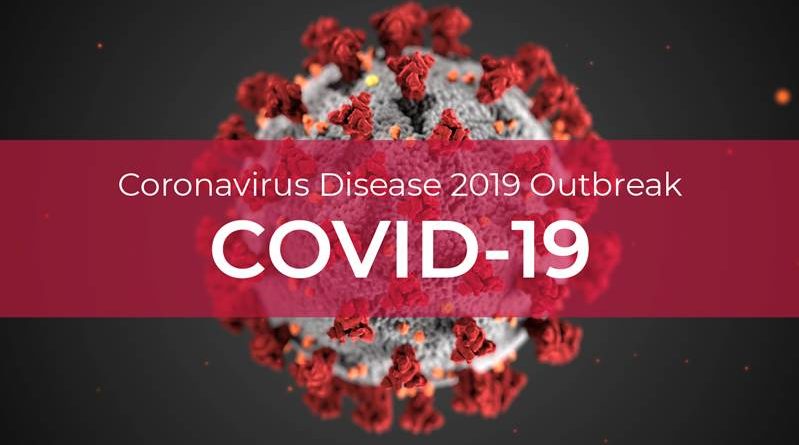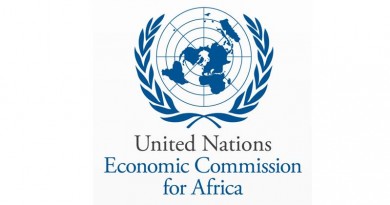The BA.2 COVID-19 variant is spreading across the US – Scott Fallon and Mike Snider
A new coronavirus variant, first detected two months ago, is making its way across the U.S. and spreading more quickly in the Northeast and West, new data released this week shows.
The BA.2 variant appears to be on its way to becoming the dominant coronavirus strain, having roughly doubled each week for the past month, according to the U.S. Centers for Disease Control and Prevention.
BA.2 is considered by the World Health Organization as a “sublineage” of the highly transmissible omicron variant. It’s a different version of omicron than BA.1, which was responsible for the surge that hit the Northeast late last year.
It has a different genetic sequence from BA.1 and was first dubbed the “stealth variant” because it wasn’t as easy to detect.
Around the world, infections are largely from the BA.2 version of omicron. In the U.S., BA.2 accounted for about a quarter (23.1%) of the cases for the week ending March 12, the CDC says. That’s up from 14.2% the week ending March 5.
How fast is BA.2 spreading in the US?
BA.2 made up 39% of cases in New Jersey and New York, the week ending March 12, up from 25.4% the previous week, the CDC says. (Puerto Rico and the Virgin Islands are also included by the CDC in that region’s COVID-19 case breakdown.)
In the Northeast (Connecticut, Maine, Massachusetts, New Hampshire, Rhode Island and Vermont), BA.2 accounted for 38.6% of cases, up from 24% the previous week, according to the CDC.
In the West, which includes Arizona, California and Nevada, BA.2 accounts for 27.7% of cases, up from 17.1% the previous week. In the upper West, including Alaska, Idaho, Oregon and Washington, BA.2 made up 26.2% of cases, up from 16%, the CDC says.
BA.2 cases have risen in recent weeks in the rest of the U.S., accounting for 12% to 20% of cases in other states for the week ending March 12.
Does BA.2 spread faster? Is it more lethal?
Studies have shown that BA.2 is “inherently more transmissible” than omicron BA.1, according to the World Health Organization.
What’s not yet known is if BA.2 causes severe illness as did omicron BA.1, which prompted a rapid surge in cases, hospitalizations and deaths for a month before plummeting just as quickly.
While omicron BA.1 was considered milder than the virus’ original strain and the delta variant, it led to a increase in deaths from COVID-19 in the U.S.: 60,000 in January 2022, twice the amount of deaths in November, according to the Center for Infectious Disease Research and Policy at the University of Minnesota.
“We often don’t know until it’s too late,” said Stephanie Silvera, an infectious disease specialist at Montclair State University in Montclair, New Jersey. “That’s been the problem with managing these surges. Deaths are one of the last impacts we see.”
What’s everyone talking about? Sign up for our trending newsletter to get the latest news of the day
What impact is BA.2 having?
So far, it doesn’t look as if BA.2 is making a noticeable impact. But public health officials say they are closely monitoring its spread.
Key metrics such as cases, hospitalizations and deaths continue to drop almost every day and are hovering around levels last seen in July before the delta variant surge.
Daily reported deaths have ranged from 1,685 to 2,076 in March after deaths of 3,000 or more a day for much of January and February.
The plummeting metrics have led to the lifting of state mask mandates – in schools and public buildings – in what officials consider a return to normalcy.
On Thursday, New Jersey Gov. Phil Murphy said he expects cases to rise in the state because of surges in parts of Asia and Europe. But he said he doesn’t expect to reinstate “universal statewide mandated protective measures.”
Health officials are uncertain what BA.2 will do, however.
“It’s difficult to predict how COVID-19 variants or any other emerging respiratory virus will evolve over time and what their specific impacts will be,” said Dr. Tina Tan, New Jersey state epidemiologist. “And it is hard to predict whether a surge in BA.2 will translate to increased hospitalizations or deaths at this time.”
Are vaccines and natural immunity effective against BA.2?
Vaccines were shown to be as effective against BA.2 as they were against omicron BA.1, according to British scientists. That means the vaccines may not prevent infection, but they work well in fending off severe illness.
If you were infected by omicron BA.1, you may also have good protection against BA.2, according to the World Health Organization.
While reinfection is possible, studies suggest that infection with BA.1 “provides strong protection” against reinfection with BA.2.
The hundreds of thousands of infections in New Jersey during the omicron surge “suggest that many residents may have some protection against BA.2,” Tan said.
What’s happening in other parts of the globe?
Europe and parts of Asia have seen a rise in cases in the past few weeks, but it’s not yet clear how much BA.2 is to blame.
The United Kingdom, the Netherlands, Germany, Switzerland and Italy saw an upswing last week. Many European countries have begun treating the virus as a part of daily life and are forgoing full shutdowns.
China ordered a lockdown of residents in the city of Changchun, closed schools in Shanghai and urged the public not to leave Beijing last weekend amid a new spike.
Hong Kong has seen its worst spike in recent weeks after limiting COVID-19’s spread for almost two years with some of the world’s most stringent health mandates. Hong Kong has reported more than 700,000 infections and about 4,200 deaths, most of them in the past three weeks, according to Reuters.
Will other variants emerge?
The more times a virus replicates, the more chances it has to mutate into a stronger strain, as seen with delta and omicron.
That has some public health experts worried about the surge in Asia and elsewhere.
“I’m more worried that the sheer biomass of virus in these places that are now experiencing major waves of omicron will lead to the emergence of new strains, of which we in the U.S. have not yet experienced,” said Daniel Parker, an infectious disease expert at the University of California, Irvine. “That could certainly lead to spikes in cases like what we saw with delta and omicron.”
Scott Fallon and Mike Snider, USA TODAY Network. Contributing: Karen Weintraub
This article originally appeared on USA TODAY NETWORK: BA.2 COVID variant: What to know about new omicron strain in the US




